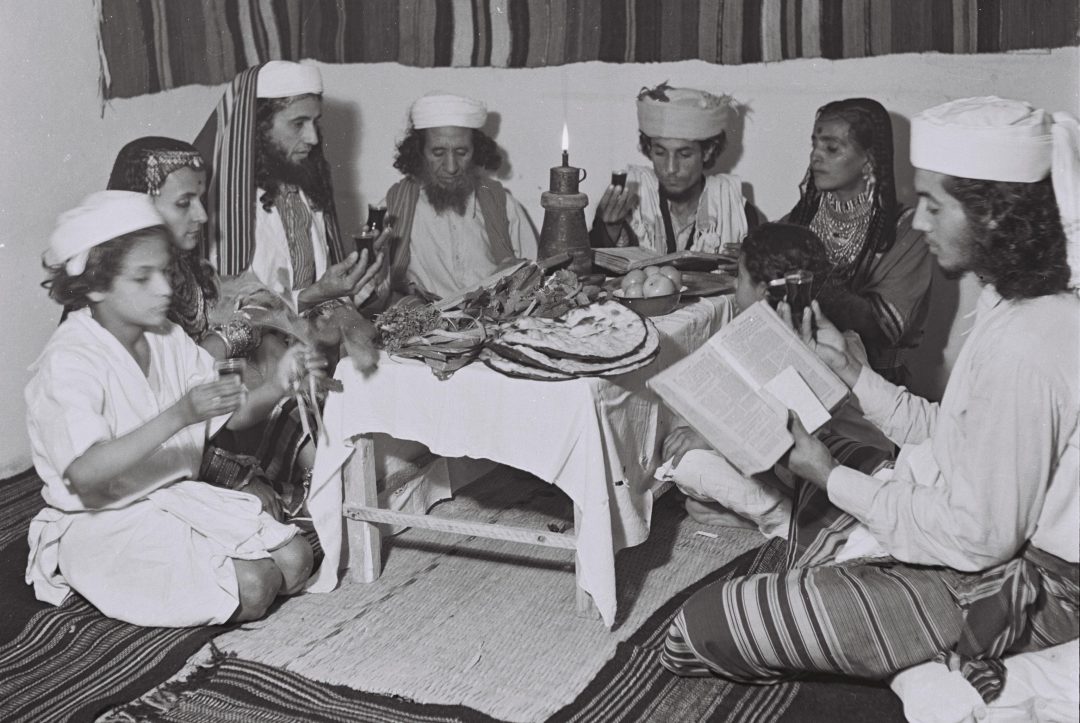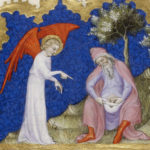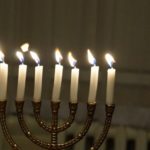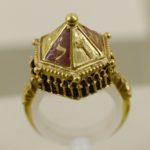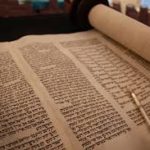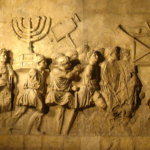In the calendar year of 2014, faithful Jewish people all over the world will celebrate the yearly feast of freedom and deliverance known as Passover. From April 14 to April 22, the eight-day Passover festival is a time for Jews to recall their freedom from bondage and the joy of deliverance from pain and suffering.
The Passover, or Pesach, has at its center the Seder, which is a ritual meal during which the exodus of the people of Israel from bondage in Egypt is retold through story and the intake of food and beverage. In this way, Jewish traditions are passed on from one generation to the next. The time of the Passover is marked by specific restrictions in diet and activity that reflect obedience to God and remind the observers of the suffering that their forefathers endured and the faithfulness of God in maintaining the Jewish people.
What is the significance of the Passover celebration, and what impact does it have on those who celebrate it?
The celebration of the Passover has its origin in the Hebrew Holy Scriptures. In the twelfth chapter of the book of Exodus, following the account of the deliverance of the people of Israel from Egyptian bondage, the text describes how God instituted the Passover celebration, but the origin of the word Passover actually goes back to God’s instructions as he was about to pour out the last of the 10 plagues on the Egyptians. God provided a way for the Israelites to avoid the judgment that God was preparing to pour out on all the firstborn of the land.
“The Lord said to Moses and Aaron in the land of Egypt, ‘This month shall be for you the beginning of months. It shall be the first month of the year for you. Tell all the congregation of Israel that on the tenth day of this month every man shall take a lamb according to their fathers’ houses, a lamb for a household. And if the household is too small for a lamb, then he and his nearest neighbor shall take according to the number of persons; according to what each can eat you shall make your count for the lamb. Your lamb shall be without blemish, a male a year old. You make take it from the sheep or from the goats, and you shall keep it until the fourteenth day of this month, when the whole assembly of the congregation of Israel shall kill their lambs at twilight” (Exodus 12:1-6)
The sacrifice of the spotless lamb
The sacrifice of the spotless lamb at twilight before the beginning of the Passover celebration was for a long time the initiating event of the festival, and, during the years that Israel existed as a distinct entity before the scattering of the Jewish people, a large and complicated system developed in order to enable obedience to God’s instructions.
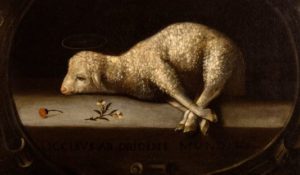 Historically, the keeping of the Passover waned at times but then was later restored as the fortunes of the people of Israel changed. As the temple was built and then later restored, the lambs were brought to the temple to be sacrificed by a priest of God, but it was still the responsibility of each family unit to bring an appropriate sacrifice, which could then be eaten.
Historically, the keeping of the Passover waned at times but then was later restored as the fortunes of the people of Israel changed. As the temple was built and then later restored, the lambs were brought to the temple to be sacrificed by a priest of God, but it was still the responsibility of each family unit to bring an appropriate sacrifice, which could then be eaten.
The combination of home and temple reminded those partaking in the celebration that they both were personally responsible before God and also part of a community of faith. The eating of lamb continues today in the Passover Seder as a remembrance of the necessary sacrifice to avoid God’s judgment. The lamb did not merely provide its flesh to be eaten, but its blood was necessary to avoid the wrath of the avenging angel sent from God.
“Then they shall take some of the blood and put it on the two doorposts and the lintel of the houses in which they eat it. They shall eat the flesh that night, roasted on the fire; with unleavened bread and bitter herbs they shall eat it. Do not eat any of it raw or boiled in water, but roasted, its head with its legs and its inner parts. And you shall let none of it remain until the morning; anything that remains until the morning you shall burn. In this manner you shall eat it: with your belts fastened, your sandals on your feet, and your staff in your hand. And you shall eat it in haste. It is the Lord’s Passover” (Exodus 12:7-11)
The sacrificial lamb’s blood
The sacrificial lamb’s blood was to be placed where it would be seen by the avenging angel and thus protect those partaking of the Passover meal. The lamb was to be prepared in a particular manner and accompanied by unleavened bread and bitter herbs, which were symbols of the hardness of their lives under the Egyptians and recalled the necessity of their leaving in haste once God’s avenging angel had moved through the land of Egypt and poured out God’s wrath upon the firstborn in Egypt.
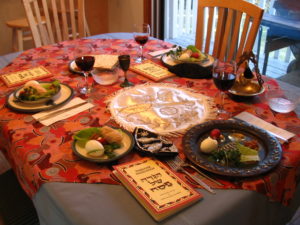 Each part of the Seder meal is physically acting out of the original Exodus from Egypt. As those who partake in the meal do so just as their forefathers did so many years ago, there is a continuity from the past to today that reminds the observant Jew that his or her faith has its roots in a miraculous deliverance of God many years ago and that is just as real today. The meal is to be eaten completely and none left over to remember that from the beginning of the Exodus the people of Israel became wanderers and had to travel lightly and depend upon God to sustain them as they went.
Each part of the Seder meal is physically acting out of the original Exodus from Egypt. As those who partake in the meal do so just as their forefathers did so many years ago, there is a continuity from the past to today that reminds the observant Jew that his or her faith has its roots in a miraculous deliverance of God many years ago and that is just as real today. The meal is to be eaten completely and none left over to remember that from the beginning of the Exodus the people of Israel became wanderers and had to travel lightly and depend upon God to sustain them as they went.
“This day shall be for you a memorial day and you shall keep it as a feast to the Lord; throughout your generations, as a statue forever; you shall keep it as a feast. Seven days you shall eat unleavened bread. On the first day you shall remove leaven out of your houses, for if anyone eats what is leavened, from the first day until the seventh day, that person shall be cut off from Israel. On the first day you shall hold a holy assembly, and on the seventh day a holy assembly. No work shall be done on those days. But what everyone needs to eat, that alone may be prepared by you” (Exodus 12:14-16)
A memorial is a regular remembrance of a past significant event. The Passover and its associated feast of unleavened bread are a regular rite that recalls what God did in the past to rescue the people of Israel. The activity of clearing leaven from the home and of not eating leavened bread are signs of devotion to God and signs of being part of the community of faith. The action of eating leaven is a sign of someone who has turned from faith in God and has removed himself of herself from the community of believing Jews.
The Core to the Passover celebration.
The avoidance of any regular work is a normal part of the pattern of Jewish life, and it is, of course, central to the Passover celebration. The ceasing of normal work is a sign of intense focus upon God and of trust that God will both honor the sacrifice of not working and take care of those who show faith in him by honoring his commandment.
“All the people of Israel did just as the Lord commanded Moses and Aaron. And on that very day the Lord brought the people of Israel out of the land of Egypt by their hosts (Exodus 12:50, 51)
The sacred text indicates that it was the obedience of the people who kept the Passover celebration that initiated God’s deliverance of them from Israel. The regular keeping of the Passover is both a remembrance of what God has done in the past and a sign of belief in what he will continue to do today. The Passover celebration brings the Exodus story to life today, and the details of the Seder communicate these truths to the generations that follow so that the remembrance of what God did for the Jewish people in Egypt will not be forgotten.

